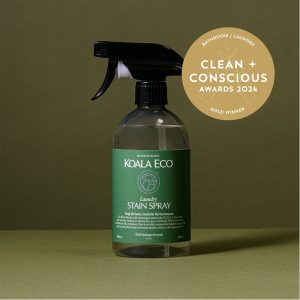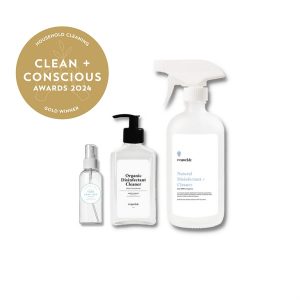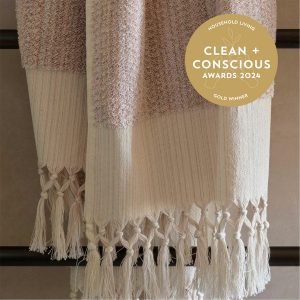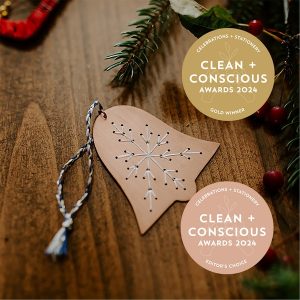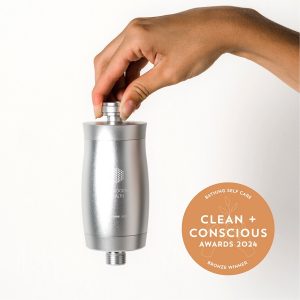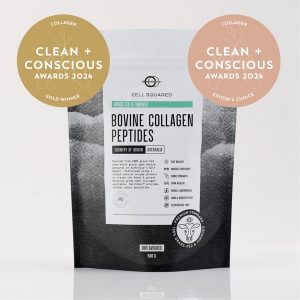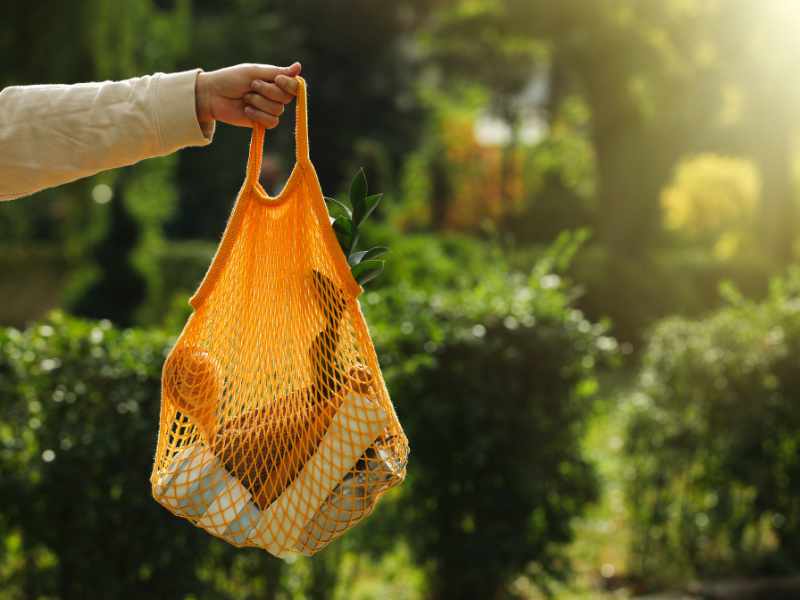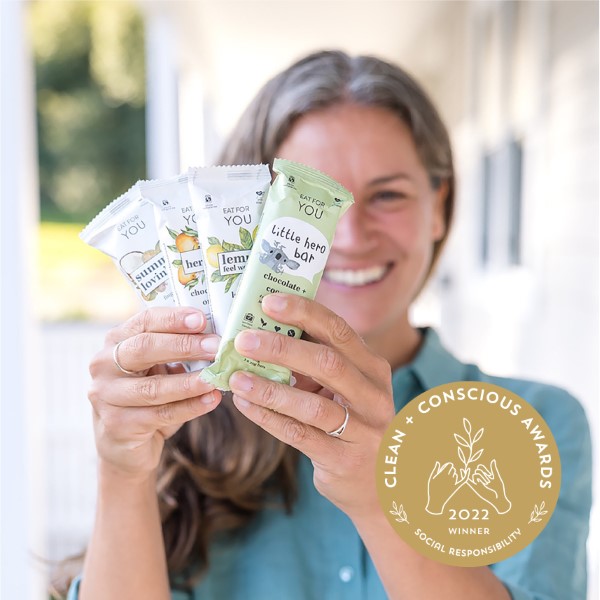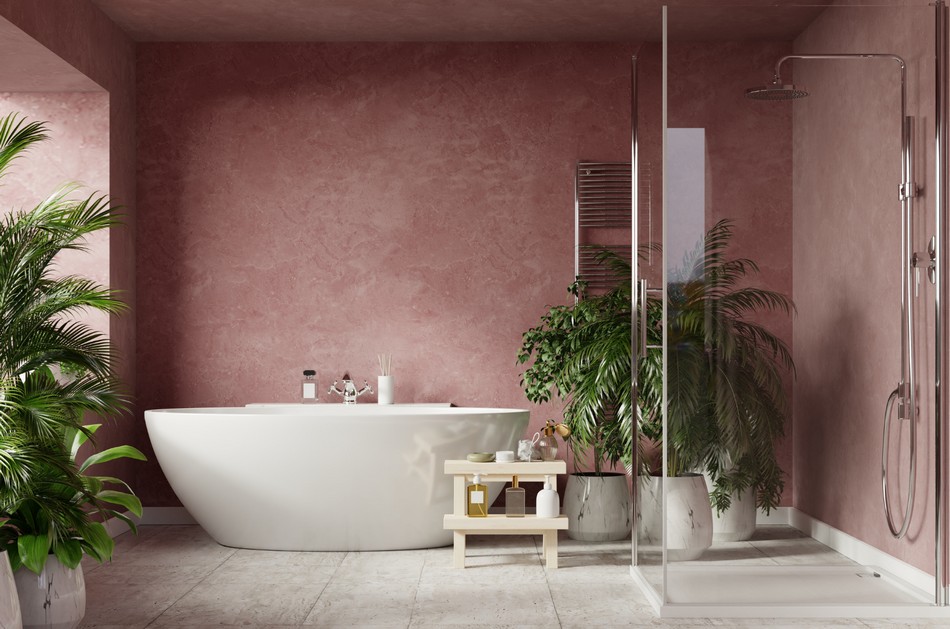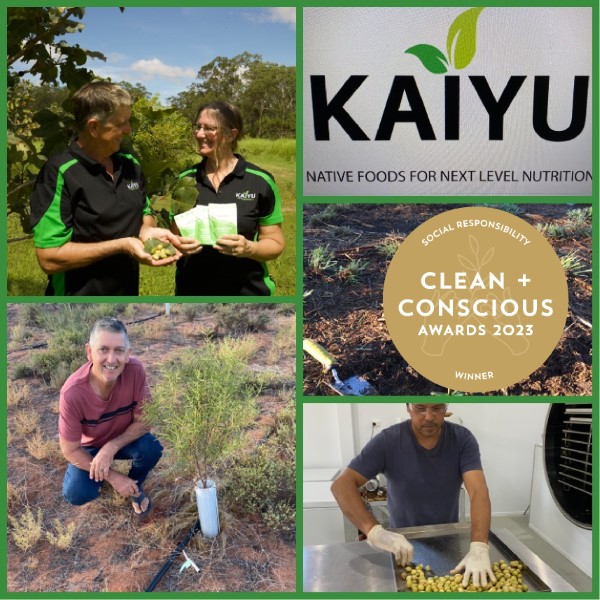Access to clean and healthy drinking water is essential for every household, yet determining the best option for your family can feel overwhelming. Even in a country known for drinkable water and clean water sources, concerns about contaminants such as PFOAs, chlorine and fluoride have prompted many Australians to explore water filtration options. The growing awareness of water quality has transformed what was once a simple choice into a decision that requires careful consideration of health benefits, environmental impacts and budget.

I personally faced this dilemma when news broke of PFOA contamination in our local water supply, and I knew it was time to make a change for my family. Excited to have made the decision, I was suddenly desperate to implement the change… but quickly found myself overwhelmed by the variety of choices. Why wouldn’t we just drink tap water? What’s the best water filter in Australia? What is the cost of water filters? The range of filters, water filtration systems, and solutions available are confusing, but with research, I discovered that selecting the right water filter isn’t just about purification—it’s about addressing your unique needs.
Why Wouldn’t We Just Want to Drink Tap Water?
Tap water quality varies widely depending on where you live, and even within the same city, the water sources and treatments can differ. In Sydney, the main contaminants that may prompt you to explore filtration options for your water supply include:
Chlorine
- Purpose: Disinfects water to kill bacteria and viruses.
- Potential Health Risks: Byproducts, such as trihalomethanes (THMs), have been linked to cancer risks. Chlorine can also irritate the skin and respiratory system in sensitive individuals.
Fluoride
- Purpose: Added to prevent tooth decay.
- Potential Health Risks: Excessive intake can lead to dental or skeletal fluorosis and, in higher concentrations, may impact thyroid function or neurodevelopment.
PFAS (Per- and Polyfluoroalkyl Substances)
- Source: Industrial chemicals that enter water systems via manufacturing processes.
- Potential Health Risks: PFAS compounds are linked to hormone disruption, immune system issues, and higher risks of certain cancers, including kidney and testicular cancers.
Heavy Metals
- Source: Can leach into water supplies from old pipes, industrial runoff, or natural deposits in soil. Common examples include lead, mercury, arsenic, and cadmium.
- Potential Health Risks: Long-term exposure to heavy metals is associated with serious health concerns, including neurological damage, kidney problems, and an increased risk of certain cancers. Lead, in particular, is highly toxic even at low levels and can cause developmental delays in children.
What Are the Types of Water Filters and Filtered Water Available?
When searching for the best water filter in Australia, understanding the various options and their strengths is essential. Each type of filter caters to different water quality concerns, household needs, and budgets.
1. Activated Carbon Filters
- How It Works: Uses activated carbon to absorb contaminants like chlorine, organic chemicals, and pesticides.
- Best For: Improving taste and reducing odours.
- Pros: Affordable and widely available.
- Cons: Ineffective for removing heavy metals or dissolved salts.
- Typical Cost (Australia): AUD $30-$200 for basic models; under-sink versions AUD $200-$600.
2. Reverse Osmosis (RO) Systems
- How It Works: Removes impurities via a semi-permeable membrane, including heavy metals, fluoride removal and bacteria.
- Best For: Comprehensive filtration, including a pre – filter, to remove most contaminants, for water without that chlorine taste
- Pros: Provides thorough purification.
- Cons: Produces wastewater and removes beneficial minerals.
- Typical Cost (Australia): AUD $300-$1,000, plus replacement filter cartridges.
3. Ultraviolet (UV) Filters
- How It Works: Kills microorganisms like bacteria and viruses using UV light.
- Best For: Homes with microbiological contamination.
- Pros: Does not alter taste or add chemicals.
- Cons: Ineffective for chemical contaminants or sediment.
- Typical Cost (Australia): AUD $150-$500.
4. Ceramic Filters
- How It Works: Filters bacteria, sediment, and protozoa using a ceramic material.
- Best For: Rural or off-grid locations.
- Pros: Durable, reusable, and portable.
- Cons: Slow flow rate; ineffective for chemical contaminants.
- Typical Cost (Australia): A more affordable price at AUD $50-$200.
5. Alkaline/Water Ionisers
- How It Works: Raises pH and reintroduces minerals to filtered water, often paired with RO systems.
- Best For: Those seeking pH-balanced water with a spring-like taste.
- Pros: Enhances taste and restores beneficial minerals.
- Cons: Expensive and debated health benefits.
- Typical Cost (Australia): AUD $200-$2,000.
6. Distillers
- How It Works: Boils water and condenses the steam, leaving impurities behind.
- Best For: Producing pure water free of most contaminants.
- Pros: Effective for water purification.
- Cons: Despite being a water purifier, it removes beneficial minerals and is energy-intensive.
- Typical Cost (Australia): AUD $150-$700.
7. Gravity-Fed Water Filters
- How It Works: Uses gravity to draw water through filters like ceramic or activated carbon.
- Best For: Emergency or off-grid use.
- Pros: Portable and requires no power.
- Cons: Slow filtration process.
- Typical Cost (Australia): AUD $150-$500.
8. Whole-House Water Filters
- How It Works: Filters water at the main line, providing clean water to all taps in the house.
- Best For: Comprehensive filtration for large households.
- Pros: Addresses multiple contaminants throughout the home.
- Cons: Expensive upfront cost.
- Typical Cost (Australia): AUD $800-$2,500.
9. Reverse Osmosis and Alkaline Water from Vending Machines
- How It Works: Offers reverse osmosis and alkaline water on-demand from vending machines.
- Best For: Trialling water filtration options without full system installation.
- Pros: Affordable (AUD $0.50–$1 per litre), flexible and BPA-free bottles reduce single-use plastic waste.
- Cons: Still involves reusable plastic bottles, requiring regular trips to vending machines.
- Typical Cost (Australia): AUD $0.50-$1 per litre.
10. Tap Water Filters
- How It Works: Compact filters attach directly to your tap or faucet to filter water as it flows. They typically use activated carbon or multi-stage filtration to remove common contaminants like chlorine, sediment, and some chemicals.
- Best For: Households seeking an affordable and simple way to improve tap water quality.
- Pros: Easy to install, space-saving, and relatively affordable. Can improve taste and reduce common contaminants like chlorine and sediment.
- Cons: Limited filtration capabilities compared to more robust systems, may not effectively remove heavy metals or PFAS. Filters require frequent replacement.
- Typical Cost (Australia): AUD $30-$150, with replacement filters costing AUD $20-$50.
11. Shower Filters
- How It Works: Installed between the showerhead and the water supply, these filters typically use activated carbon, KDF (Kinetic Degradation Fluxion), or Vitamin C filtration to remove chlorine, sediment, and other impurities, including some heavy metals.
- Best For: People with sensitive skin, allergies, or hair concerns who want to reduce exposure to chlorine and other irritants during showers.
- Pros: Improves water quality for skin and hair, reduces chlorine exposure, removes some heavy metals, and is easy to install. Some models also help minimise scale buildup.
- Cons: Limited to filtering shower water, not drinking water. Filters require regular replacement.
- Typical Cost (Australia): AUD $50-$150, with replacement cartridges costing AUD $20-$50.
12. Store-Bought Spring Water (Bottled Water)
- How It Works: Bottled water containing natural, untreated water sourced from underground spring reservoirs.
- Best For: Convenience and naturally mineral-rich water.
- Pros: Contains beneficial, healthy minerals like magnesium and calcium.
- Cons: Plastic waste from single-use bottles, ongoing expense, and variability in quality across suppliers. Not all spring water brands are transparent about their source or mineral content, making it essential to research reputable options.
- Typical Cost (Australia): AUD $2-$20 per bottle.
13. Spring Water Purchased Through Subscription
- How It Works: Delivered directly to your home or office, spring water subscriptions provide regular access to naturally sourced mineral-rich water. Some companies offer convenient delivery of pure spring water sourced from natural underground springs, ensuring consistent quality and freshness.
- Best For: Those who want hassle-free access to clean, natural spring water without the need for in-store purchases.
- Pros: Contains beneficial minerals like magnesium and calcium, convenient delivery schedule, and reduces the need for single-use plastic bottles when reusable dispensers or bulk containers are used.
- Cons: Higher ongoing cost compared to tap or filtered water, and some suppliers may lack transparency about the water source or mineral content.
- Typical Cost (Australia): Subscription plans start at approximately AUD $15–$30 per bottle (19L), with additional costs for dispensers or rental equipment.

Is Reverse Osmosis Water Dead Water?
Reverse osmosis is a highly effective purification method but removes both harmful contaminants and essential minerals like magnesium and calcium. Some critics have called this “dead water,” claiming it lacks nutritional benefits.
To address this, many systems now include remineralisation filters that add back healthy minerals, balancing pH and improving flavour. This step is crucial for maintaining hydration and preventing potential long-term deficiencies.
Adding Celtic Salt to Remineralise Water
An easy and natural way to remineralise reverse osmosis water is by adding Celtic salt. This unrefined sea salt is rich in essential minerals like potassium and magnesium.
How to Remineralise Water with Celtic Salt:
- Add 1/8 to 1/4 teaspoon of Celtic salt to one litre of water.
- Shake well until dissolved.
- Adjust to taste.
This simple method restores mineral balance, enhances alkalinity and improves hydration.











